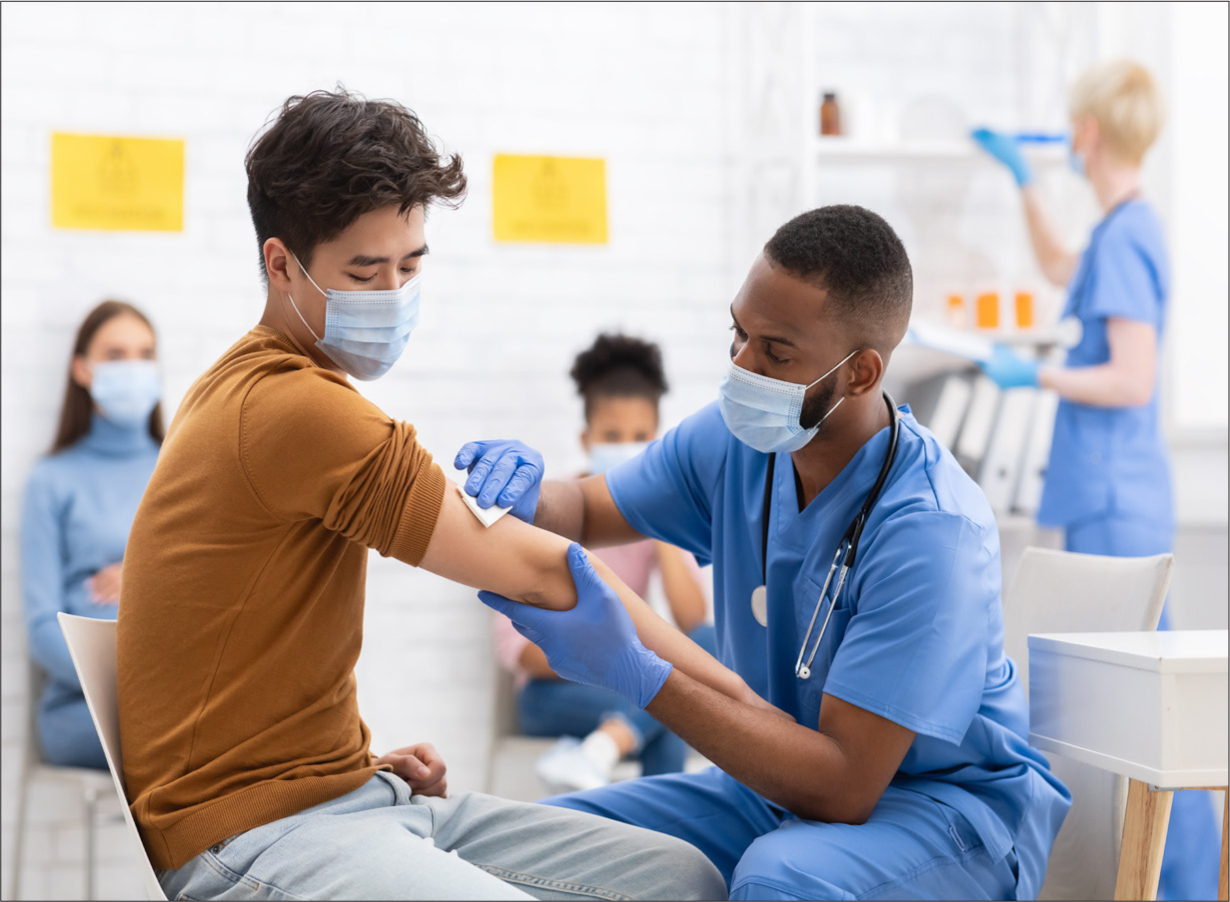There have now been over 54 million cases and more than 1 million deaths from COVID-19 worldwide (So and Woo, 2020). Encouragingly, global efforts to produce COVID-19 vaccines have gained momentum, and the first patient in the UK received their vaccination on 8 December 2020. However, it appears that some countries are ahead of others. It is important to examine both the difficulties and ease with which different countries across the world are able to access the COVID-19 vaccine, and the reasons for unequal distribution, as well as-perhaps most importantly-equitable solutions.
In a recent study published in the British Medical Journal, So and Woo (2020) analysed the premarket purchase commitments for COVID-19 vaccines from leading manufacturers to recipient countries. This was a cross-sectional analysis, using data from the draft landscape of COVID-19 candidate vaccines from the World Health Organization (WHO), as well as company disclosures to the US Securities and Exchange Commission, company and foundation press releases, government press releases and media reports. The main outcome measures were premarket purchase commitments for COVID-19 vaccine candidates and price per course, vaccine platform and stage of research and development, as well as the procurement agent and recipient country.
Several countries have made premarket purchase commitments that total 7.48 billion doses-or 3.74 billion courses-of COVID-19 vaccines from 13 vaccine manufacturers (as of 15 November 2020). Significantly, 51% of these doses will go to high-income countries, despite these countries only representing 14% of the world's population (So and Woo, 2020). The US reserved 800 million doses but accounts for one-fifth of all COVID-19 cases globally (11.02 million cases), whereas Japan, Australia and Canada have collectively reserved more than one billion doses but do not account for even 1% of global COVID-19 cases across the world (0.45 million cases). So and Woo (2020) explained that, if these vaccine candidates were all successfully scaled, the total projected manufacturing capacity would be 5.96 billion courses by the end of 2021. This means that up to 40% (or 2.34 billion) of vaccine courses from these manufacturers might remain for low- and middle-income countries, although this may decrease further if high-income countries decide to use scale-up options, but increase if they share what they have procured (So and Woo, 2020). The prices of the vaccines were found to vary broadly, costing up to 10 times as much per vaccine course. Some were £4.50 per course, while some were as high as £45 per course.
The COVAX facility is a global mechanism for procurement and distribution of COVID-19 vaccines. So and Woo (2020) discussed this facility as a solution to the disparity, to enable access to the vaccines across the world's poorer nations. The authors stated that, with broad-country participation (with the exception of the US and Russia, who have so far opted out but are home to a major proportion of the world's COVID-19 vaccine manufacturing), the COVAX facility has secured at least 500 million doses, or 250 million courses, and has financed half of the targeted 2 billion doses to be procured by the end of 2021, in an effort to support international coordinated access to COVID-19 vaccination.

So and Woo (2020) noted that the potential sources of inequitable allocation of COVID-19 vaccines are not hard to find; however, they point out that the solution is much more complex. Several countries prioritised securing vaccine doses to cover their own populations first, despite the need to respond to COVID-19 being possibly greater elsewhere. Facing uncertainty over which vaccines will prove optimally effective, countries with the means to secure future vaccine supplies might ensure against these risks by buying more vaccines than they will eventually need.
Financing COVID-19 vaccines for low- and middle-income countries has lagged significantly behind vaccine deals secured by high-income countries, and there are different paths suggested to achieve global equitable allocation of vaccines globally. For example, WHO's equitable allocation approach is able to organise the distribution of vaccines to ensure a percentage of the world's population is reached, whereas other models, such as Fair Priority, place emphasis on a needs-based metric (So and Woo, 2020). High- and upper-middle-income countries have the means to invest in research and development and are, thus, more easily able to procure future vaccines. These countries do provide important financing to bring about such vaccines to market, but could leave short those who are most in need.
While the first COVID-19 vaccine candidates have been completing their clinical testing and reached the market in the Western world, policy makers and the public have begun to grapple with who will be vaccinated first when these doses become available. Premarket purchase commitments have been able to offer a snapshot of who will probably control the COVID-19 vaccine doses rolling off production lines. Even if all 13 of these vaccine manufacturers were to succeed in reaching their maximum-production capacity, at least a fifth of the world's population would not have access to vaccines at all, until 2022 (So and Woo, 2020).
So and Woo (2020) stress the importance of governments and manufacturers in having the power to provide much-needed assurances for the equal distribution of COVID-19 vaccines through greater transparency and accountability over their arrangements.

